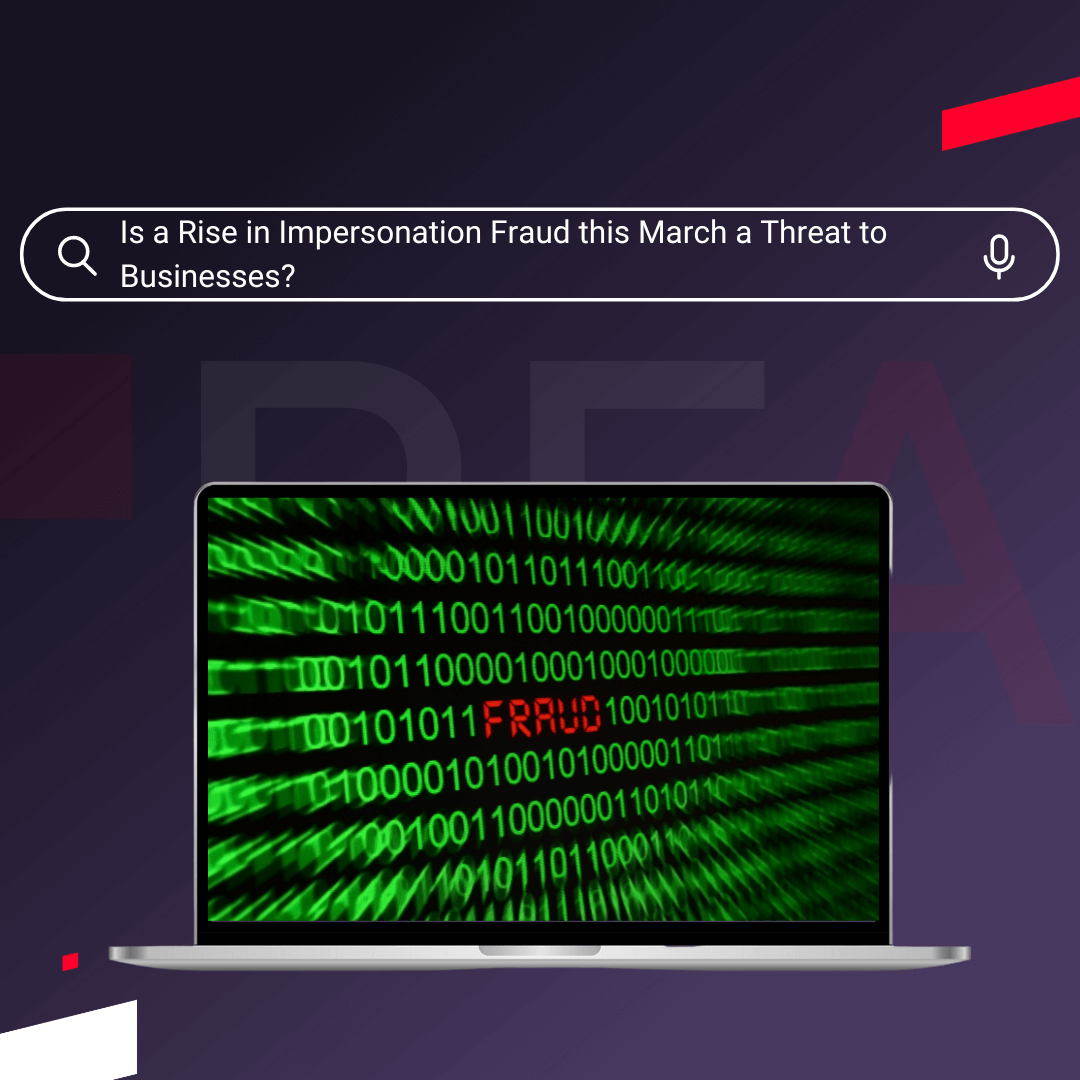Recently the British Print Industry Federation (BPIF) released its latest quarterly survey report on sector trends.
For those working in or with the sector it makes for harrowing reading.
Q2 2020 saw the sector hit an all-time low, with both output and orders slashed by around three-quarters due to demand drying up when Covid-19 hit in Q1.
Since then, customer confidence has remained low and reopening and recovery are being hampered by muted demand. And it doesn’t end there – employment has decreased, margins have been squeezed and exports have been nearly wiped out.
There is some hope; for example, customer confidence is expected to recover during Q3 and costs have not increased significantly. But, whichever way you look at it, the print industry has not been spared from the impact of Covid-19 – and this has left many businesses in the sector vulnerable to a financial shock.
Print Sector Outlook
Let’s take a closer look at some of the issues highlighted in the report:
Output and Orders
As previously mentioned, both output and orders dropped by around three-quarters in Q2 2020. This drop was worse than its lowest point in Q1 2009 following the global financial crisis.
March saw print order levels drop by an average of 65% and the industry’s total turnover in April dropped 42% compared to the same month in 2019.
Reopening Is Slowed
Nearly three-quarters of those surveyed pointed to a lack of demand as the biggest challenge currently facing their business. However, operational issues relating to Covid-19 restrictions are also creating new difficulties, with maintaining social distancing, keeping shared amenities clean, and the impact of home working all cited as significant concerns.
Brexit Still an Issue
In a survey 60% of respondents said that a no-deal Brexit would have some level of negative impact on their business, with maintaining a reliable supply chain being the biggest concern. Tariffs, cost inflation and other red tape are also all cited as concerns. The price of ink was also highlighted as a potential problem, as the WHO tariff on ink is 6.5%.
Employment
Nearly half of all printers decreased their workforce during Q2 2020, while 44% kept employment levels steady and 8% increased employment. However, this level of retention seems to be mainly down to government support schemes and it is expected that jobs will continue to take a hit throughout Q3.
A Fragile Industry
The figures from the BPIF serve to highlight the fragility of the industry. As an industry that works with a range of different businesses and consists of complex supply chains, print is exposed to a wide range of risks. Just one large client going into administration could create a huge hole in a printer’s accounts, and sometimes the loss can be irrecoverable. And with economic conditions set to remain challenging for at least the next 18 months, those companies working in or with the print sector need to take steps to monitor the financial health of their customers and suppliers to ensure that their business is protected.
Red Flag Alert Can Help
Red Flag Alert provides business health ratings that create a detailed financial picture of every company in the UK. This service is powered by an algorithm that has evolved over decades and uses a database of billions of data points to produce accurate predictions on business failure.
We Go the Extra Mile
We go that extra mile to look for factors that indicate poor financial health. Here are just a couple of the areas we review:
Owner Fixed Charges
When owners have a fixed charge on company assets, the company is more likely to fail. The rate of failure in these businesses is almost three times normal failure levels. If owners are protected from the downside, perhaps they will run a company differently to those who are invested in the success of their venture.
Creditor Service Data
When a company suffers a bad debt, we review that debt in the context of other factors – for example, the value of the write-off against the company’s cash reserves or net assets.
Micro-entities
It can be difficult to assess the risks for micro-entities as they don’t have to make detailed financial disclosures. We use a range of factors, including VAT registration, balance sheets, late filing and creditor services data to arrive at an accurate health rating.
Mitigate Your Risk
If you have concerns about a customer’s financial health, then it’s time to take action and protect your business from the potential risk.
Here are five practical steps you can take:
1. Find Other Clients: By having a range of clients in different sectors, you can protect yourself if a certain industry suffers a financial shock.
2. Improve Margins: If a client becomes a risk you can mitigate this by either raising prices or decreasing costs.
3. Tighten Your Terms: Renegotiate your agreements and ask for shorter payment terms, payment upfront and retention of title clauses.
4. Get Credit Insurance: Credit insurance allows you to receive a payout if a debtor is no longer able to pay. This is especially sensible for businesses that rely on a few key customers.
5. Optimise VAT Payments: If your business is currently paying VAT on an accrual basis it may be worth considering switching to cash payments.
Discover how Red Flag Alert’s experienced team can help you mitigate risk and protect your business. Why not get a free trial today and see how Red Flag Alert can help your business?




